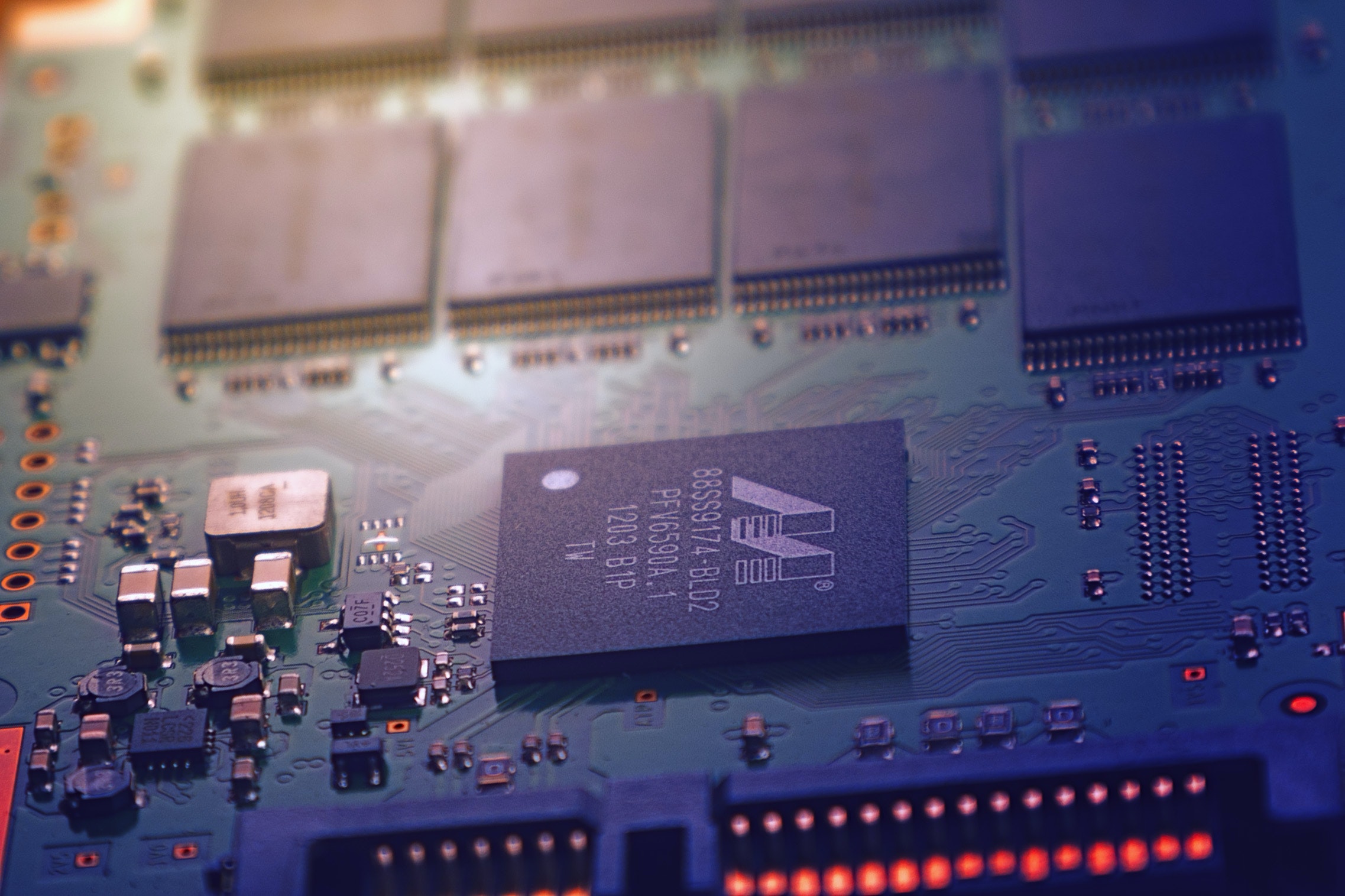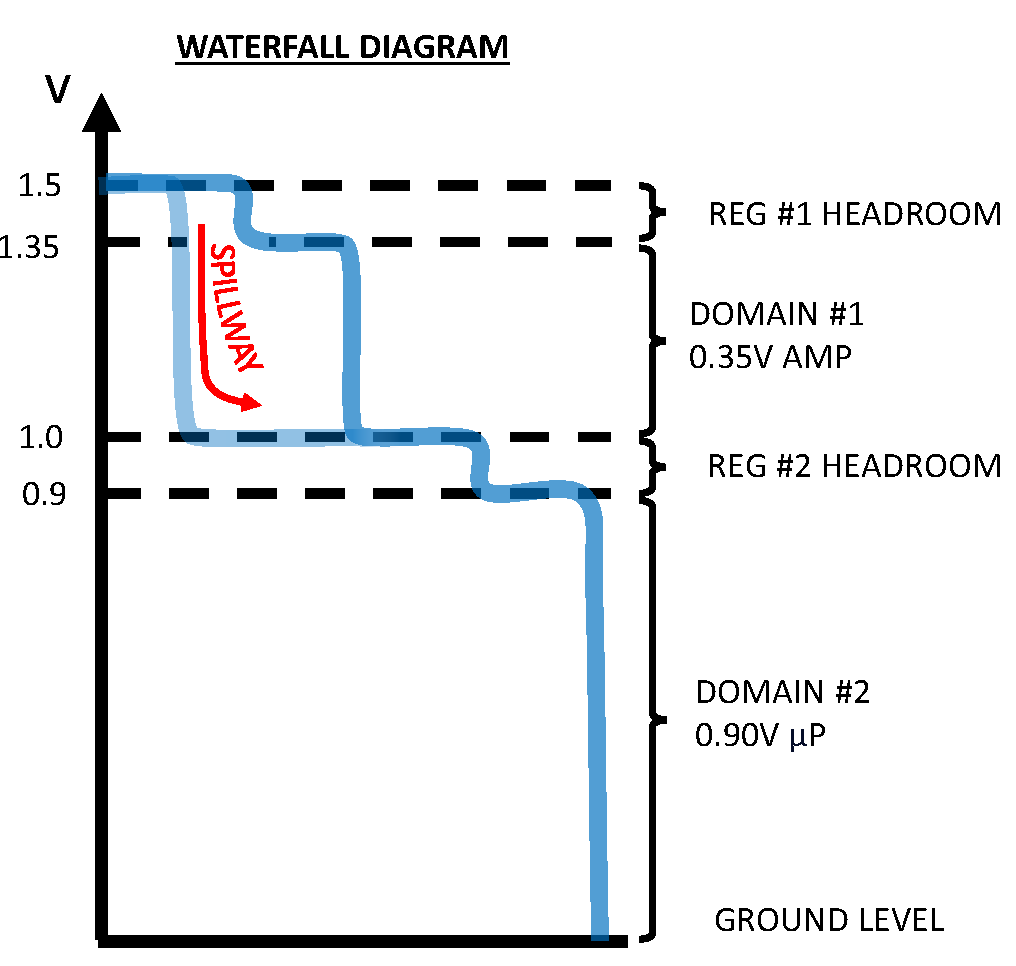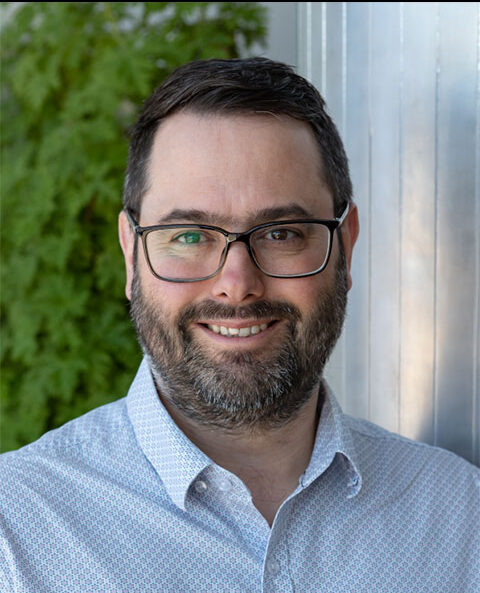TECHNOLOGY OVERVIEW
Prof. Gosselin with his research team developed a new topology of linear regulators and controls to generate stacked voltages domains: it is called the waterfall regulator. It provides a solution to the energy-wasting problems mentioned above by operating as a dynamic current reuse mechanism. The efficiency gains are proportional to the number of stages. Each regulation stage is connected to a circuit called “spillway” that allows different stages to dynamically change their current without affecting other stages. In this way, the power can be distributed efficiently to supply the various electronic modules or to re-supply a rechargeable battery or a series of rechargeable batteries.
For instance, a front end ECG and processor subsystem powered with a Li-ion cell and the waterfall regulator used less than 50% of what the same system used when regulated with a standard linear regulator, and 30% less than when using a DC/DC converter. Compared to DC/DC converters, the noise with the new topology is much lower as no switching mechanism is involved. This means that the waterfall regulator is ideal for low-power implantable and IoT sensors that require low noise and extended longevity. In the waterfall regulator, a control circuitry is used to dynamically adapt to the current draw variations between stages and provides a means of recycling what would normally be lost as dropdown.
The efficient division of power supplies to lower voltages also enables new possibilities for ultra-low power systems. Sub 1-volt devices have been reported extensively but until now, the lack of efficient power supplies has prevented their widespread use.
COMPETITIVE ADVANTAGES
- Longer battery life on all battery powered systems
- Recovers energy dissipated in regulators allowing its recycling in the circuit
- Provides efficient low-voltage supply for ultra-low power electronics
BUSINESS OPPORTUNITY
- Technology available for in-licensing
- Seeking for industrial co-development partner
- Seeking for research partnering
- Eligibility to government financing for industry/academic maturation program
MARKET APPLICATIONS
- Portable electronic devices
- Electric vehicle batteries
IP PROTECTION
Provisional patent application



